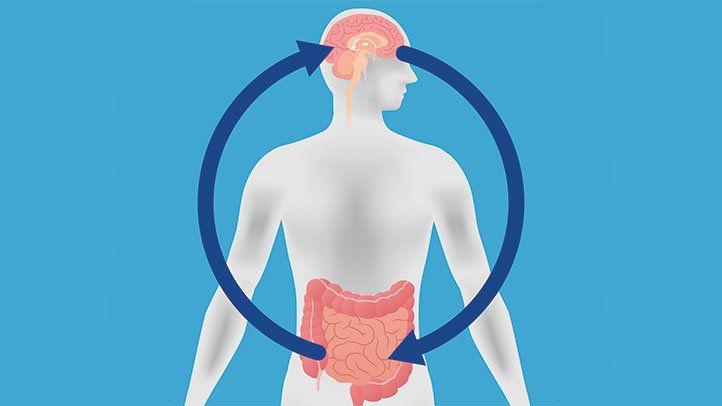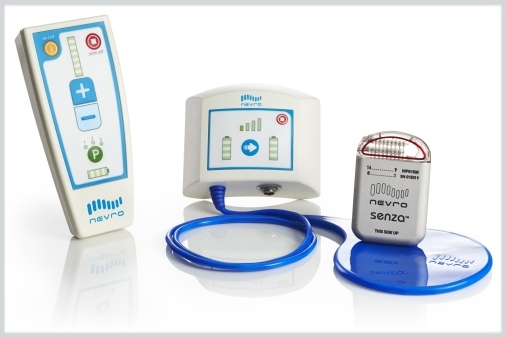Results of a retrospective cohort study found that patients with chronic abdominal pain were likely to experience widespread pain at multiple other body sites, which continued in most patients after 12 months of treatment at a tertiary pain center. These findings were published in Pain and Therapy.
Data about pain have been collected prospectively as part of routine clinical practice at the Stanford Pain Management Center, which populates data for the Collaborative Health Outcomes Information Registry (CHOIR). In this retrospective cohort study, patients (N=258) who received treatment for abdominal pain at a tertiary pain management center between 2013 and 2018 were evaluated for pain outcomes 12 months after initial treatment. Trends in baseline demographic and clinical characteristics were related with the location of pain. Pain locations were defined as abdominal only, intermediate (1-3 regions outside the abdomen), and widespread (³4 regions outside the abdomen) pain. Locations of pain were recorded using the CHOIR body map (CBM), an electronic, visual representation of the body that allowed patients to select body areas from 36 anterior and 38 posterior segments to identify the location of their pain.
The patient population comprised 91.5% women and 9.5% men. For men, ages ranged between 23 and 68 years, and the most common comorbid conditions were type 2 diabetes followed by constipation. For women, ages ranged between 18 and 81 years, and constipation and irritable bowel syndrome were the most common comorbid conditions.
At baseline, men and women had similar pain trends, with 60.5% of the overall population reporting widespread pain. In general, Patient-Reported Outcomes Measurement Information System (PROMIS) pain interference and anger scores were positively related with the number of affected sites of pain.
The researchers stratified patients by gender to compare PROMIS scores between those with intermediate pain vs those with widespread pain. They found that men with widespread pain had significantly higher PROMIS anxiety (P =.01) and anger scores (P =.012), and women with widespread pain had significantly higher PROMIS anger scores (P =.01) and were more likely to have fibromyalgia (P =.01).
At 12 months, 60.0% of patients remained in the same pain localization category and 21.7% had more localized (reduced) pain. Progression to widespread pain occurred in 10.5% of the patients.
The occurrence of widespread pain at 12 months was more likely among patients with widespread pain at baseline (adjusted odds ratio [aOR], 4.18; 95% CI, 2.20-8.00; P <.0001), as well as those with at least 1 chronic overlapping pain conditions (COPCs) at baseline (aOR, 2.85; 95% CI, 1.59-5.11; P =.0005). Further analysis showed that widespread pain at 12 months also was associated with higher PROMIS pain interference (aOR, 1.06; 95% CI, 1.02-1.10; P =.002) and anxiety scores (aOR, 1.05; 95% CI, 1.01-1.09; P =.01).
These findings may not be generalizable as data were collected from a single center. Other limitations were potential referral bias as all patients were enrolled from a tertiary pain center.
“Clinically categorizing patients with the CMB and concurrent screening for COPCs is likely to facilitate [the] identification of higher-risk patients, inform disease prognosis, and aid in [the] development of targeted pain interventions,” the researchers concluded.
References:
Hah JM, Aivaliotis VI, Hettie G, Pirrotta LX, Mackey SC, Nguyen LA. Whole body pain distribution and risk factors for widespread pain among patients presenting with abdominal pain: a retrospective cohort study. Pain Ther. 2022;11(2):683-699. doi:10.1007/s40122-022-00382-0






